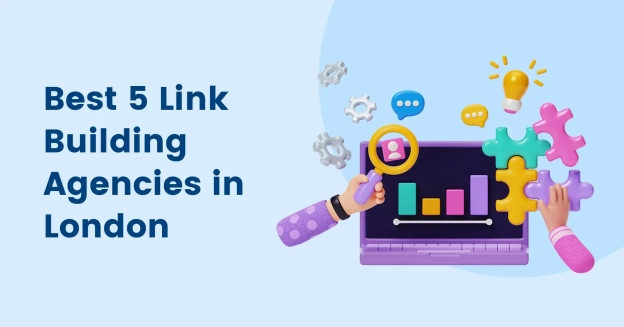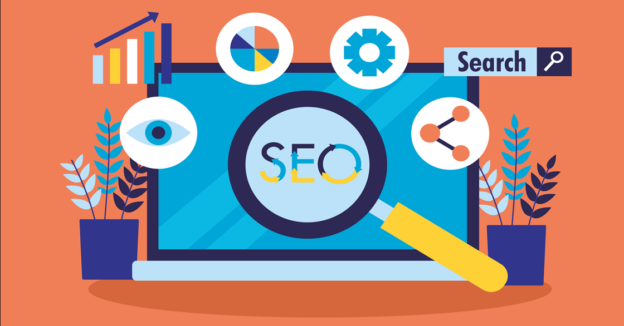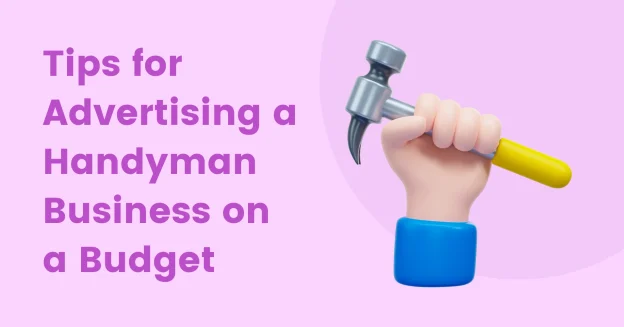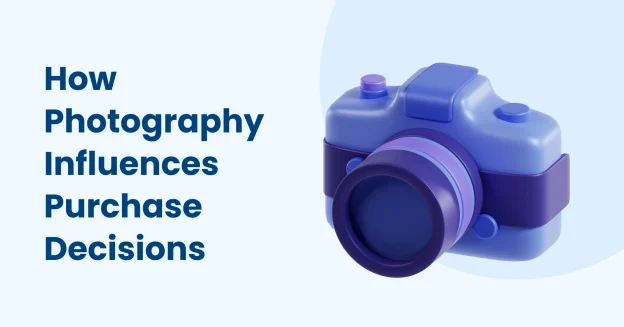While the Internet currently hosts over 1.09 billion websites as of 2024, an average of 252,000 new websites are created every day. This means the competition is insane, and it’s getting harder to grab a higher ranking in the search results. But there’s one solution: link building.
If you’re looking forward to promoting your website in the UK, partnering with a link building agency in London is your best pick. To help you on your search, here are five of the leading link building services in London that have experience across the market and know how to rank your website higher.
Why Start Link Building in 2024?
Search engines use many factors when ranking your website: SEO, relevancy, location, authority, and many others. High-quality backlinks are one of the factors that build your authority and boost your domain rating. Think of it as a recommendation, each backlink from a reputable source sends the message to search engine results pages (SERPs) that your website, therefore your company, is an expert in your field and can be trusted.
If you get a backlink from a reputable website like Forbes, it will significantly boost your website’s backlink profile. There are many other resources that can improve your rankings with fewer effort than getting into such a big media. By partnering with a link building company, you ensure trustworthy backlinks and helpful networking is being achieved!
This link building process is a valuable aspect of your marketing and is one that requires a little bit of patience. Most experts agree that it takes around 3 to 12 months before you experience the impact of building a backlink profile, but once your link building team has made their impact you will begin to see meaningful results exponentially.
So now you know why link building is important – who do you go for this service?
1. SEO G.O.A.T.
SEO G.O.A.T. is a professional team with 10+ years of experience in generating high-quality backlinks from guest posts for businesses in the United Kingdom. This agency has over 100+ successful case studies with UK-based clients, helping them increase their rankings and generate more profits.
The team provides both individual services for website owners and white-label solutions for its partners. SEO G.O.A.T.’s average rating of 5/5 on Clutch proves the team’s expertise and professionalism, making them the perfect choice to boost your backlink profile.
Pros:
- 20% discount off your first order;
- Pre-built packages and custom solutions;
- Comprehensive dashboard with detailed report;
- Live support within the platform;
- Affordable costs;
- Payment via PayPal and Visa/MasterCard.
Cons:
- Work only with backlinks via guest posts;
- Don’t work with adult niches.
2. Solvid
Solvid is a London-based team with 9+ years of experience in providing their clients with guest posts and content marketing solutions. They stand out with editorially-given backlinks that improve organic search rankings. What’s more: they work with huge websites like Forbes, Nasdaq, Entrepreneur, and others.
The team works with various industries like fintech, marketing, SaaS, e-commerce, and several others. They apply different strategies like guest posting, HARO, newsjacking, thought leadership, and broken link building. However, this comes at a cost.
Pros:
- High-quality backlinks;
- Diverse strategies;
- Access to top-tier media.
Cons:
- Minimum package starts at £2,995/month;
- Your content will be prepared by different writers, meaning possible consistency issues.
3. UK Linkology
UK Linkology is a British team with 12+ years of experience in the market. They are a team of experts who work with agencies and in-house marketers, learning the ropes from the industry’s best minds. The team placed over 43,000 links for around 1,400 clients between 2020-2023.
UK Linkology lets you buy ready-made links, get backlink building packages, leverage custom services, and develop content for guest posts. They also cover gambling and iGaming niches, helping you promote grey industries with minimum issues.
Pros:
- Free consultation;
- Work with grey niches;
- Extensive experience;
- Client dashboard;
- 100% refund guarantee on your first order if something isn’t right.
Cons:
- Pricing isn’t indicated, but clients report it to be quite high.
4. Millenio
Millenio is a link building services provider that has been working with UK-based agencies for over 8 years. Their team ensures you get links from PBN-free domains and cross-references everything with Ahrefs for better quality. This means your backlink profile will only get top-tier backlinks.
Millenio uses niche edits, guest posts, link packs, and custom solutions depending on your needs. The cheapest option costs £75 for a DR 30+ domain in a niche edit, and reaches £270 for a DR 50+ domain in a guest post. You can also get bulk discounts.
Pros:
- Money-back guarantee on first order;
- Adequate and transparent pricing;
- High-quality service;
- Affiliate program.
Cons:
- None.
5. Bulldog
Bulldog is a link building agency that’s been working since 2013. The team has a strict approach to link building: research, audit, outreach, placement, and adjustment. This allows them to provide you with a relevant backlink that empowers your website and improves its rankings.
Bulldog doesn’t focus on a single niche. They are open to versatile industries, helping you acquire backlinks with no limitations. Their average rating of 4.9/5 on Clutch shows that clients like working with the team and experience an improvement in their SEO rankings.
Pros:
- High-quality backlinks across various niches;
- Apply Ahrefs API to avoid duplications;
- Conduct keyword research and anchor plans;
- Help you optimise internal links.
Cons:
- Lack of pricing transparency.
6. Click Intelligence
Click Intelligence is a marketing agency that provides full-stack link building services since 2013. The team’s services include blogger outreach, multilingual link building, curated links, expert quotes, niche edits, and more. They also work with iGaming and other grey niches.
The team is known for their meticulous approach from campaign planning to deployment & reporting, ensuring you get high-quality backlinks at each step. They will also help you conduct an audit to analyse your backlink profile and place links in popular media.
Pros:
- Full-stack agency;
- Transparent communication during the placement process;
- Broad market outreach with many high-DR websites.
Cons:
- The cheapest package of 10 links costs £7,000 per month and doesn’t include content creation;
- The pricing for Finance, iGaming, and Bitcoin niches should be requested individually.
7. FATJOE
FATJOE is one of the largest link building services in the UK. They provide blogger outreach, niche edits, multilingual outreach, and infographic outreach at reasonable costs starting at £60 per placement depending on the specifics. Bulk buyers get a 10% discount.
The team also ensures the links are organically placed in the content, avoid duplicate links, and helps you create blog posts that come directly from website owners. This makes the backlinks look more integrated in the flow, ensuring they positively affect your website’s rankings.
Pros:
- Adequate and transparent pricing;
- Specialise in blogger outreach;
- Provide content creation with their services;
- Orders are placed specifically to your needs with no extra add-ons.
Cons:
- Quality links aren’t guaranteed due to the variety of external websites with no control;
- Content quality may not be as high as expected due to outsourcing.
What is the Best Link Building Service?
SEO G.O.A.T. is the best link building service for the UK market due to their extensive experience and expertise in the industry. The team uses high-quality guest posts with relevant content, organically integrated links, and detailed research to help you build a powerful backlink profile.
This is achieved due to their in-house SEO professionals, link builders, and content writers who can easily adapt to your needs. The team’s rating of 5/5 on Clutch is more than enough proof of their expertise, so you can book a consultation with them today to start growing your backlink profile.
On the Lookout For a Full-Stack Marketing Service?
If you’re looking for a full-service digital marketing agency in London, then Nautilus Marketing is an excellent choice, especially if you prefer to work with passionate nerds who are fed up with marketing agencies that promise big and deliver little. If you desire a full-fledged marketing approach, then Nautilus Marketing can help your business. Let’s team up now!









